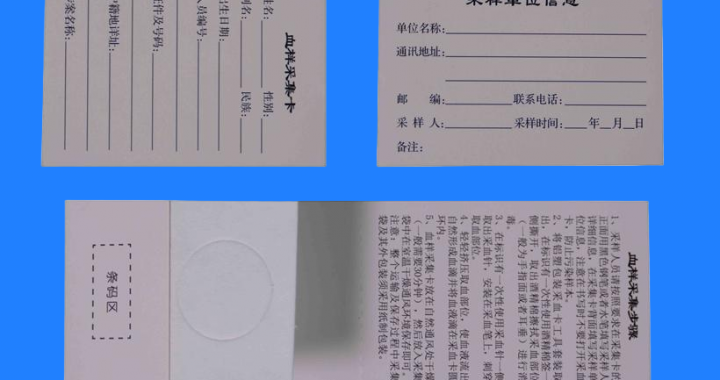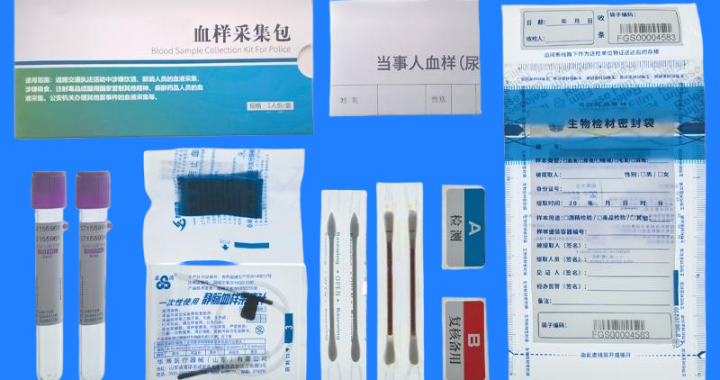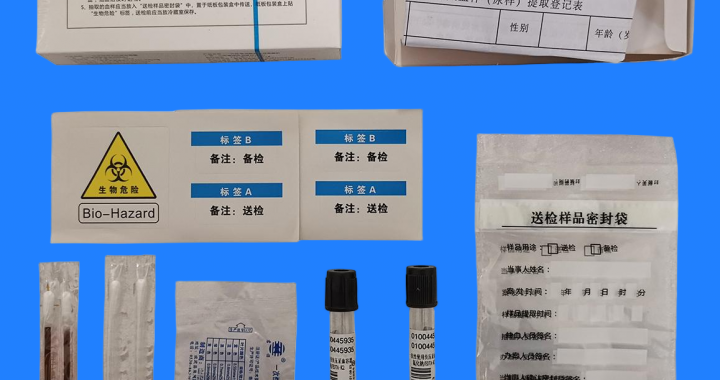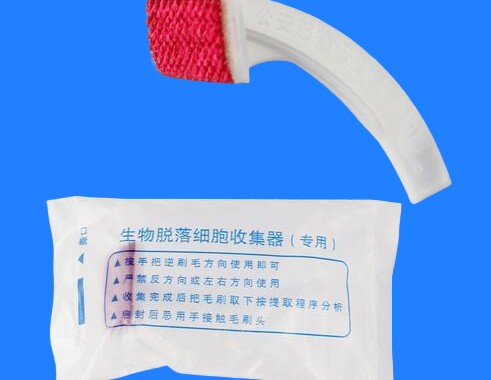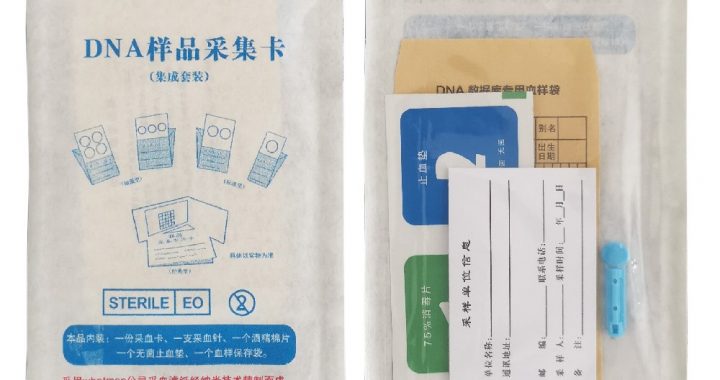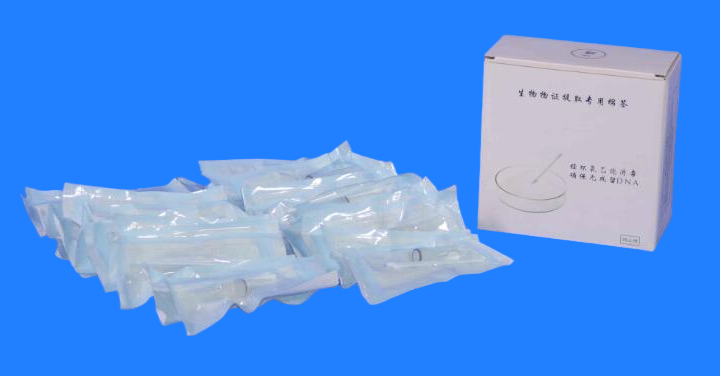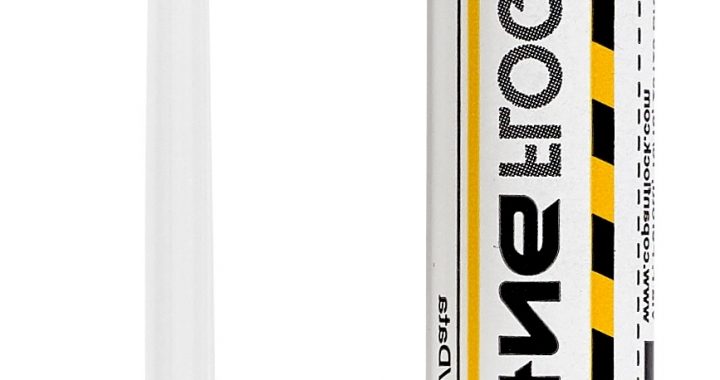On-site drug test blood collection workflow standards provide a structured process for safely and efficiently obtaining blood samples for drug testing at crime scenes, medical facilities, or other field settings. These standards ensure proper procedures for labeling, handling, and securing blood samples to prevent contamination and preserve sample integrity. The workflow covers sample collection techniques, necessary equipment, and protocols for chain of custody. By adhering to these standards, forensic professionals and healthcare providers can ensure accurate drug testing results, which are critical for legal and medical decision-making.
Key Features:
-
Structured workflow for blood sample collection
-
Ensures sample integrity and prevents contamination
-
Adheres to chain of custody protocols
-
Supports accurate on-site drug testing results
Application Scope:
-
On-site drug testing at crime scenes or medical facilities
-
Legal and forensic drug testing
-
Workplace or law enforcement drug testing
-
Clinical and emergency medical settings

